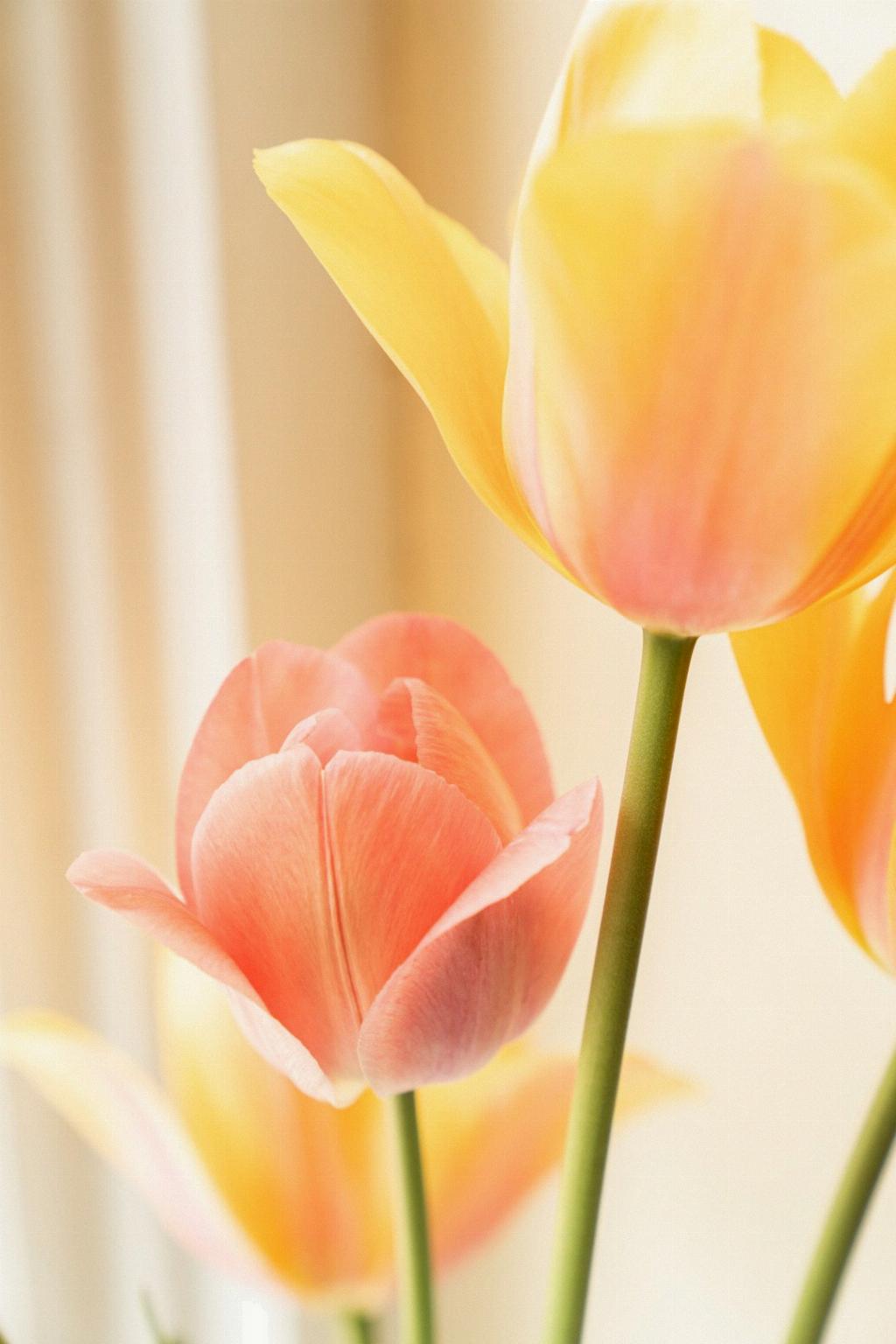Tulip bulbs, the start of the stunning tulip flower, have a fascinating journey before they bloom into the colorful petals we adore. Originating from a single pod, each containing many seeds, these seeds hold the promise of vibrant tulips. The process begins with planting these seeds in an area that relishes cool, sunny summers and dry winters, providing the perfect environment for their growth.
As the seedlings sprout from the fertile ground, they gradually mature over a couple of summers, reaching a stage where they develop into bulbs. These bulbs need time to grow and gather essential nutrients, ensuring they are robust enough to produce the beautiful blooms we are all familiar with.
Once the tulip blossoms have completed their stunning display of colors, the original bulb undergoes a remarkable transformation. At the base of the bulb, tiny bulblets start to form, representing the next generation of tulips. This cycle of growth and regeneration is crucial in ensuring the continuation of these breathtaking flowers.
Furthermore, the process of bulb formation is intricate and vital for the longevity of tulips. These bulbs store all the nutrients required for the growth of the tulip plant, acting as a reservoir of energy that sustains the plant until it can photosynthesize effectively. This mechanism ensures that tulips can thrive even in less favorable conditions.
As tulips are perennial plants, they rely on the bulb to survive harsh winters and bloom again in spring. The bulb serves as a protective covering, shielding the delicate inner components of the plant from extreme weather conditions. This adaptation allows tulips to endure and flourish year after year.
Considering the intricate process of bulb formation in tulips, it becomes evident that these flowers possess a remarkable ability to regenerate and propagate themselves. The formation of bulblets and the storage of essential nutrients in the bulb highlight the adaptability and resilience of tulips as a species.
Moreover, the beauty of tulips lies not only in their external appearance but also in the intricate mechanisms that govern their growth and development. The cycle of bulb formation and flowering showcases the intricate biology at play, underscoring the complexity of nature and the resilience of these enchanting flowers.
In essence, tulip bulbs emerge from a process of growth, regeneration, and adaptation that underscores the remarkable journey these flowers undertake before gracing us with their vibrant colors. From the initial planting of seeds to the development of bulbs and the formation of bulblets, each stage in the life cycle of tulips highlights the intricate mechanisms that govern their existence.
As we marvel at the colorful tulip fields in bloom, it is essential to remember the intricate process that leads to the creation of these stunning flowers. The journey of tulip bulbs from seeds to blossoms is a testament to the resilience and adaptability of nature, showcasing the beauty and complexity that define these beloved flowers.
Therefore, the next time you admire a field of tulips in full bloom, take a moment to appreciate the incredible journey that these flowers have undertaken, from the humble beginnings of a seed to the radiant spectacle of colorful petals that captivate our senses.

